
Tuesday marked a key moment in the state’s historic and often divisive strategic reinvestment effort for Utah’s higher education institutions.
For the first time, the leaders of the state’s eight degree-granting colleges and universities formally presented their respective reallocation plans for the next three years to lawmakers.
The Legislature’s Higher Education Appropriations Subcommittee got the first shot at examining each institution’s plans. After listening to Tuesday’s presentations from each of the school presidents, the appropriation subcommittee, by majority vote, accepted their respective reallocation proposals.
The eight strategic reinvestment plans are now in the hands of the Legislature’s Executive Appropriations Committee for final approval, which will vote in the coming weeks.
There’s much on the line.
If each of the school’s strategic reinvest plans gets a thumbs-up from the committee, they can reclaim the 10% of their annual budget that was cut during the recent legislative session.
The eight strategic reinvestment plans each received prior approval from the Utah Board of Higher Education.
Utah Commissioner of Higher Education Geoffrey Landward, who addressed the subcommittee at Tuesday’s school presentations, saluted the institution presidents and their teams for the “exceptional amount of work … that they put into producing these plans and executing on these plans."
“As well as having to go through a process that required a careful scrutiny of the programs that they offer — and making some very difficult decisions.”
Rep. Karen Peterson, R-Clinton, who co-sponsored House Bill 265 — the so-called “Strategic Reinvestment Bill” — said that Tuesday’s subcommittee meeting has been “a long time coming.”
“We’ve been talking about higher education and the importance and value of higher education in our state — not just for our students, but for our communities, for our families, for our industries and for keeping our state strong.
“Higher education is the most important economic driver we have in our state, and we need to continue to keep our higher education system strong to keep our state strong.”
Difficult decisions demanded by HB265
The “growing pains” exacted by HB265 are being felt by institutions — and by individuals.
People have lost, or will lose, jobs.
Meanwhile, instructional programs and courses are being eliminated so funds can be reallocated to programs deemed more valuable.
“This process was not easy on our college campuses … there were real impacts for individuals,” said Peterson.
Sen. Kathleen Riebe, D-Cottonwood Heights, has been a vocal critic of HB265 since its inception.
The longtime educator made clear Tuesday that she remains opposed to the state-mandated higher education reallocations and cuts.
She pushed back on suggestions that the reallocation legislation is “a massive success.”
“I have not really gotten a lot of great emails about (how this) is working,” said Riebe.
“I have had a lot of emails from professors that say it’s not working — that their programs have been cut, that they have lost their tenure and that they feel like it’s arbitrary and capricious in the ways things have happened.”
Responding to Riebe, Landward acknowledged that the reallocation process “is not without its pain points — and that there are real impacts on individuals that work at our institutions.”
But the commissioner added that Utah’s education leaders are required to justify every tax dollar sent to higher education. So it’s appropriate, he said, to scrutinize each program being funded at a public Utah college — and then make data-driven decisions about if it’s providing sufficient returns and worth preserving.
There are valid criticisms regarding the institutions’ reallocation decisions, Landward acknowledged.
“But making the wrong choice, based on the data in front of us, is different from making an arbitrary choice based on no data,” he said.
“And I am confident in the fact that all of our institutional presidents … made decisions based on the best information they had in front of them, and not arbitrarily.”
Riebe argued that there is danger in making the sort of “occupational optimization” pivots being prioritized by HB265. She pointed to efforts in recent years to educate more people in computer coding — a job skill that’s now being claimed by artificial intelligence.
“I think the changes we are making are shortsighted,” she said. “And I think that the humanities and social services are taking a brunt that they shouldn’t be taking.”
She added that such educational shifts could undermine efforts to remedy societal challenges such as loneliness and suicide.
Peterson countered that one of the largest “reinvestments” happening across Utah colleges is in health care.
Highlights of each school’s strategic reinvestment plan
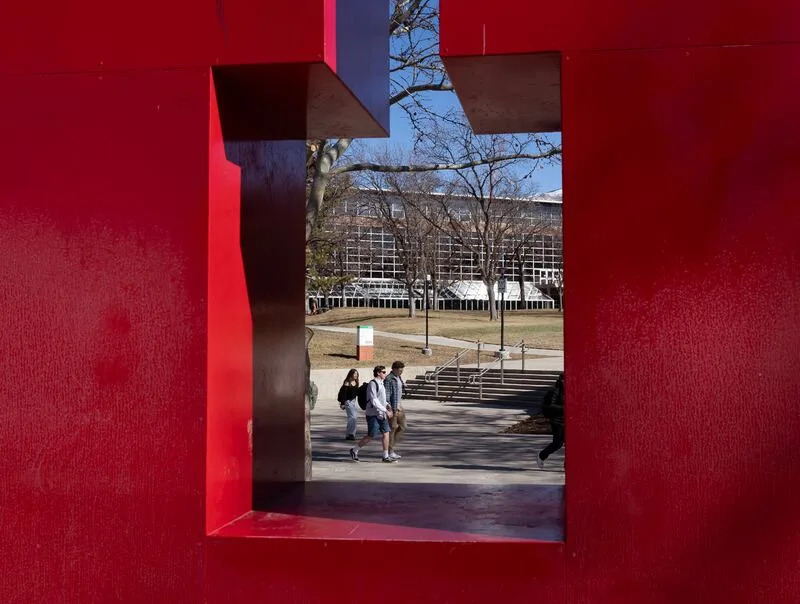
University of Utah
The state’s flagship institution of higher learning has the largest HB265 reallocation burden: more than $19.5 million.
The University of Utah’s reinvestment plan includes reallocation investments in engineering; advancing responsible AI and biotechnology; boosting programs that address the critical nursing shortage; and strengthening general education by focusing on civic responsibility and building durable skills such as critical thinking and conflict resolution.
The university’s disinvestments will come, in part, by implementing improved efficiencies in administration and administrative support areas and terminating the lease on the school’s St. George Center.
Meanwhile, scores of courses and programs at the University of Utah are being sunset across a variety of colleges — including programs in educational psychology, bioengineering, modern dance, Middle East studies, sociology/criminology and neurobiology.
Ninety-nine positions at the University of Utah are being eliminated — while 129 are being created as part of the reallocation effort.
Utah State University
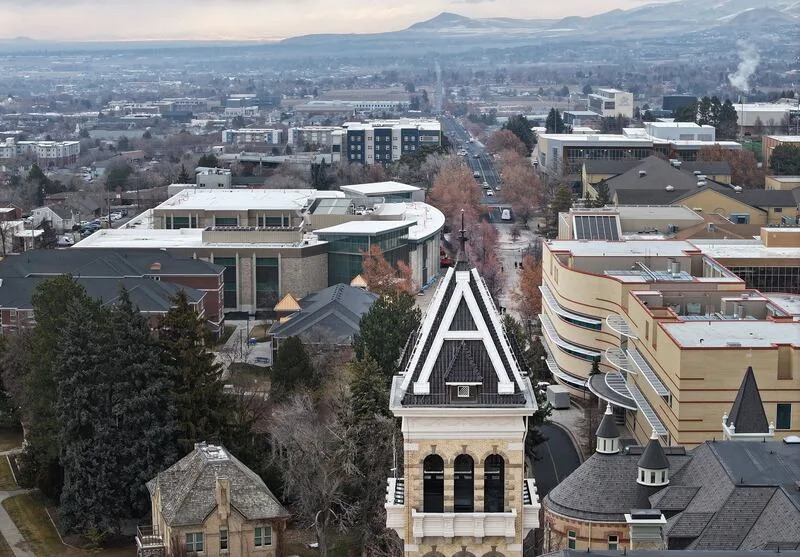
The state’s sole land-grant university, USU is required by HB265 to reallocate approximately $12.6 million.
School leaders are concentrating their changes on three broad categories: technologies and careers for the future (i.e., addressing critical needs in engineering, artificial intelligence, computing, and analytics); health and well-being workforce; and improving student access, success and outcomes.
Proposed reallocations include new faculty positions in AI and data science, a new school of computing, a new chemical engineering program and the expansion of the school’s aviation program.
In health care, USU is looking to expand mental health and well-being programs and its nursing program — while creating a new College of Health and Human Sciences and a new doctor of physical therapy program.
Investments are also planned in student success support programming and USU’s online enterprise.
Seventy new positions are being created.
USU’s proposed plan does include significant personnel costs.
Approximately 120 full-time equivalent positions are slated for elimination — including positions in school administration, staff and faculty.
(Note: Full-time equivalent positions do not represent, number-to-number, full-time employees.)
Several USU programs, degrees and certificates are slated to be discontinued — including bachelor’s degrees in American studies, agriculture communication and deaf education; master’s degrees in financial economics and fitness promotion; and an associate’s degree in theatre offered at the school’s Price, Utah, campus.
Salt Lake Community College

The state’s largest community college, SLCC is required by HB265 to reallocate approximately $5.2 million.
SLCC is focusing on three “major outcomes” in support of the bill’s goals to align funding to evolving student and workforce needs:
1. Reinvesting in workforce and high-demand transfer programs — including over $2 million reinvested in technical programs, almost $1 million in the Gail Miller Business School and $586,000 in the School of Health Sciences.
2. Reducing administrative overhead costs to reinvest in instruction programs by, in part, eliminating five administrator positions and through consolidation.
3. Centering student outcomes in the decision-making process — prompting almost $600,000 in additional reductions that went beyond HB265’s budget reduction requirements.
SLCC’s proposal would result in decreasing the number of instructional offerings from 195 to 147 total certificate and degree programs, while also consolidating the School of Arts, Communication and Media.
The changes are expected to impact 50 full-time and part-time employees. Fifteen are vacant positions — 35 are slated for layoffs.
Many employees impacted by layoffs will have opportunities to transfer to another position at the school — or pursue a retirement option, according to the school.
Snow College
The Ephraim-based community college is required by HB265 to reallocate $1.7 million over the next three years.
Strategic reinvestment plan highlights include expanding the school’s prison education program, the elementary education program, the respiratory therapy program — and the creation of several new programs, including pre-architecture and drafting, strategic communication and public relations, commercial driver’s license, and rural entrepreneurship.
Meanwhile, several academic programs/courses are slated for disinvestment — including French, Italian and media studies.
There will be 11 jobs eliminated — including positions in information technology and student affairs. However, there were no involuntary separations or forced layoffs.
One vice president position was eliminated at Snow.
Utah Tech University
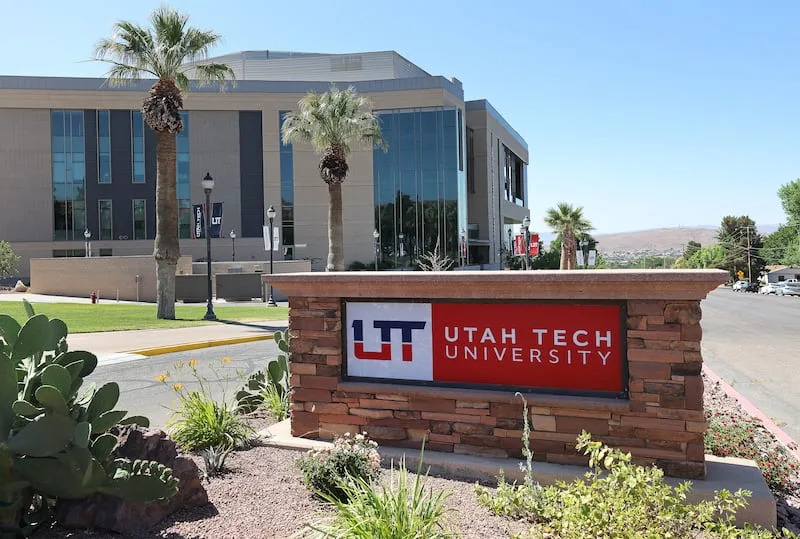
Located in St. George, Utah Tech University is required by HB265 to reallocate $2.5 million over the course of its implementation.
UT’s plan aims to meet workforce demands, while increasing enrollment — including adding 17 faculty and instructional staff positions in high-demand areas such as business, engineering, psychology, health sciences and digital media programs.
The school also plans to add an associate dean for arts.
Reductions are being made, in part, by eliminating several staff, faculty and administrative positions — including the school’s executive director of strategic partnerships, one Spanish education and one theater directing faculty member; and one school dean and five administrative support positions.
The direction of HB265, said president Shane Smeed, helps UT “strengthen and accelerate UT’s pursuit of polytechnic mission and value.”
Southern Utah University
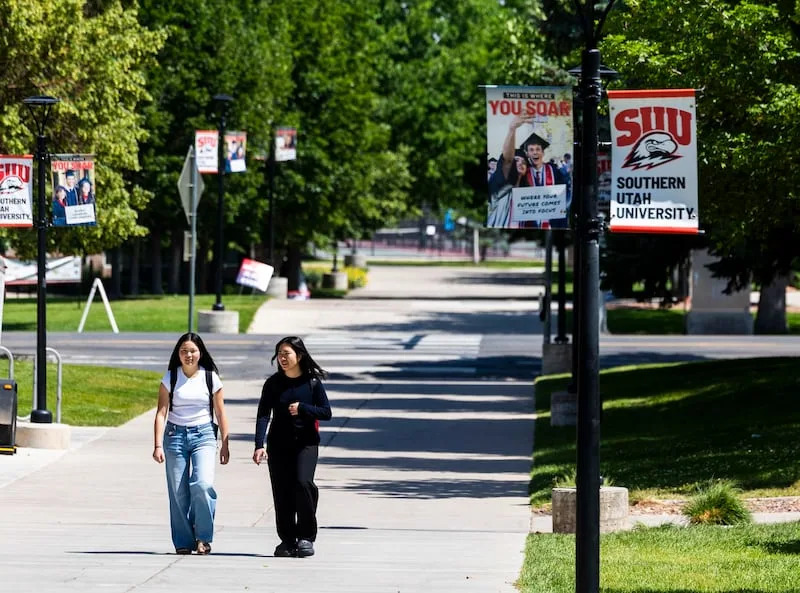
Cedar City’s SUU is required to reallocate $3.1 million.
The school’s plan focuses primarily on Utah’s workforce needs and identifying emerging student opportunities.
Multiple faculty positions, for example, are being added to the school’s business, STEM, health care and innovative tech programs.
Several new positions are also being created to enhance student support as they prepare for careers.
Meanwhile, 25 positions are being eliminated in several fields — including chemistry, biology, history and math.
Twenty-four academic programs are being eliminated.
Majors slated for elimination include philosophy, French, French education and art history. The arts administration (face-to-face) and athletic training master’s programs are also being cut.
Several associate degree programs — including many which were already slated for eventual elimination — are also being dropped.
Also, SUU’s College of Engineering & Computational Sciences will be combined with the College of Natural Sciences.
Weber State University
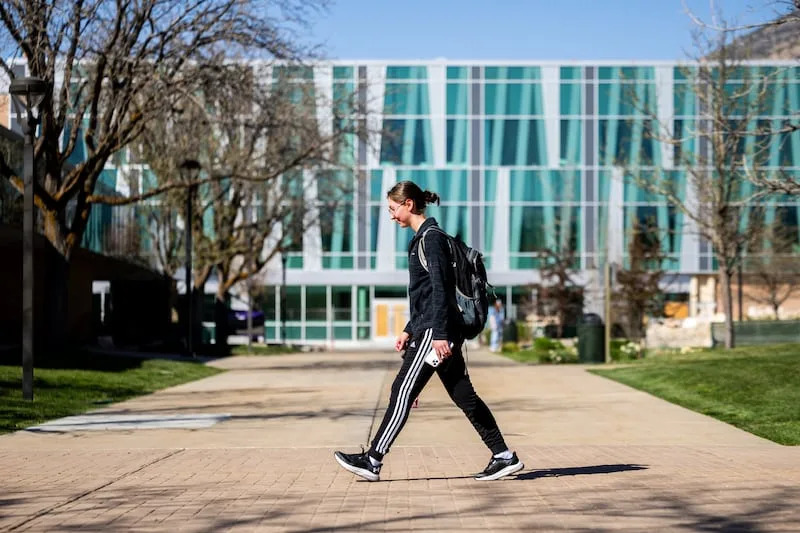
The Ogden-based institution, which has experienced record growth in recent years, is required by HB265 to reallocate approximately $6.7 million.
Forty-nine positions are being cut: 11 administrative positions, 10 staff positions and 28 salaried faculty — with most of the faculty cuts coming from the College of Social and Behavioral Sciences and the Lindquist College of Arts & Humanities.
Several administrative slots are also being reduced — including the school’s assistant vice president for regional partnerships and the executive director for Academic Support Centers and Programs.
Meanwhile, dozens of majors, certificates and minors are being eliminated — including majors in applied physics, dance education, geography, and computer science teaching.
Areas of reinvestment at WSU include: innovation, AI and emerging technologies; health professions and behavioral health; energy, aerospace and defense; digital economy, social media and forensics; creative industries and digital content; course fee replacement; academic advising; recruitment/enrollment; classroom technology; open education resources
WSU also plans to establish a new associate dean position within the Dumke College of Health Professions, specifically focused on nursing.
In harmony with HB265, WSU will also be providing a few three-year bachelor’s degree programs.
Utah Valley University
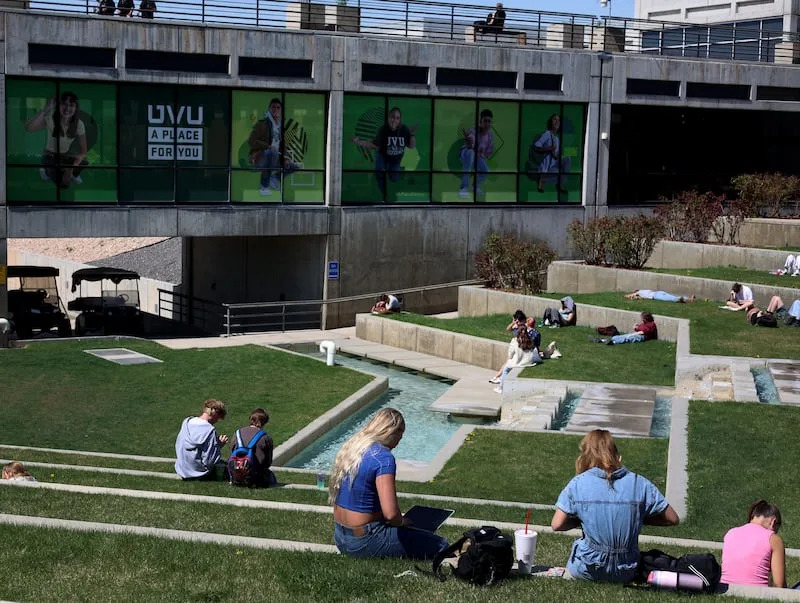
The state’s largest university, UVU is required by the state to reallocate approximately $8.9 million.
UVU had been implementing efficiency-focused decisions long before HB265 — reducing, in recent years, a number of academic schools/colleges and discontinuing the English Language Learning Program.
And last October, the school implemented a campus-wide hiring freeze to manage budgets.
Still, this year’s legislative actions are taking a toll at the Orem institution.
Fifty positions are being eliminated. Several of those jobs were already vacant.
Meanwhile, several specific academic programs are slated for cuts — including a specialized associate’s degree in business; certificates in woodworking/cabinetry and administrative information support; and a nursing education master’s degree.
Expenditures are also being reduced in UVU’s Academic Affairs departments — including the Innovation Academy and Program Assessment budgets.
Other highlighted areas of UVU’s reinvestment plan include:
Expanding resources for emerging occupations such as AI.
Increasing engineering-related initiatives in mechanical engineering, computer science and IT.
Expanding health and wellness opportunities in occupational therapy and behavioral health.
And further investing in general education to develop critical thinking, communication and durable skills.




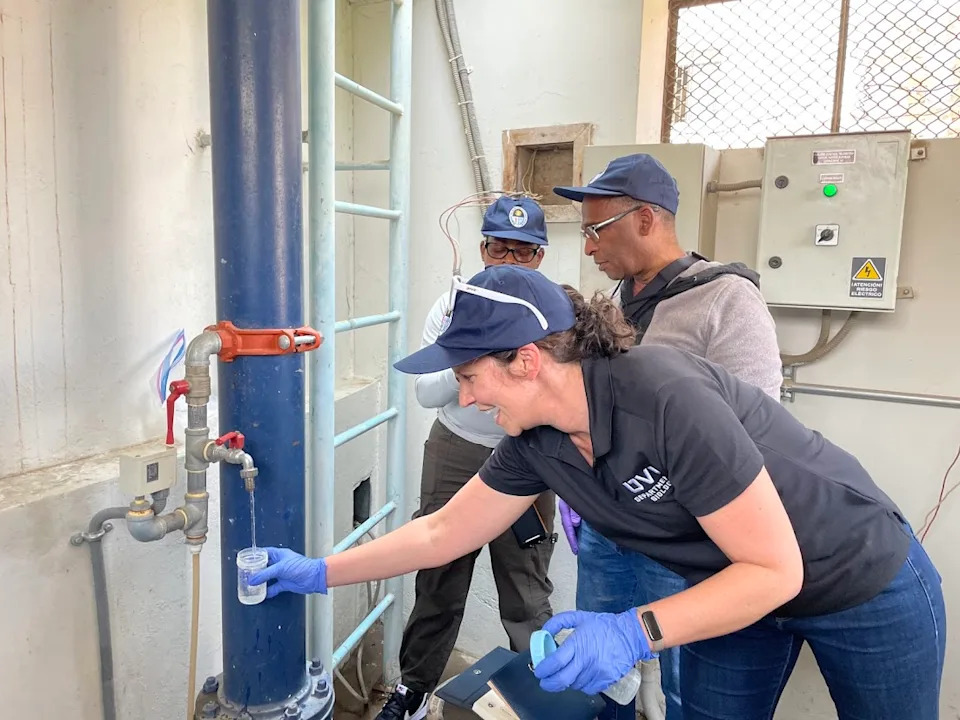
Comments